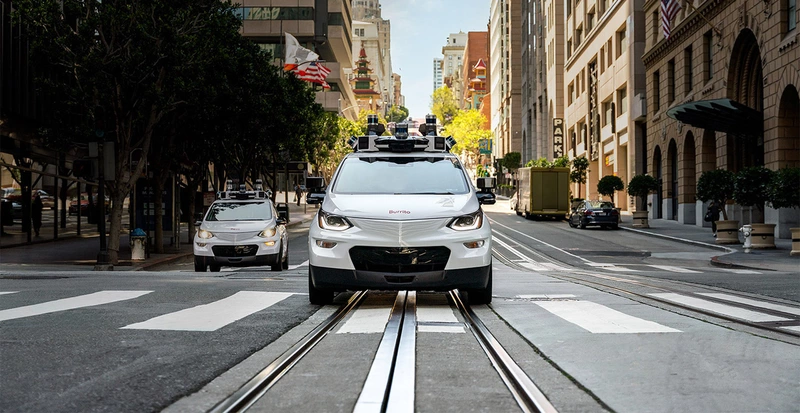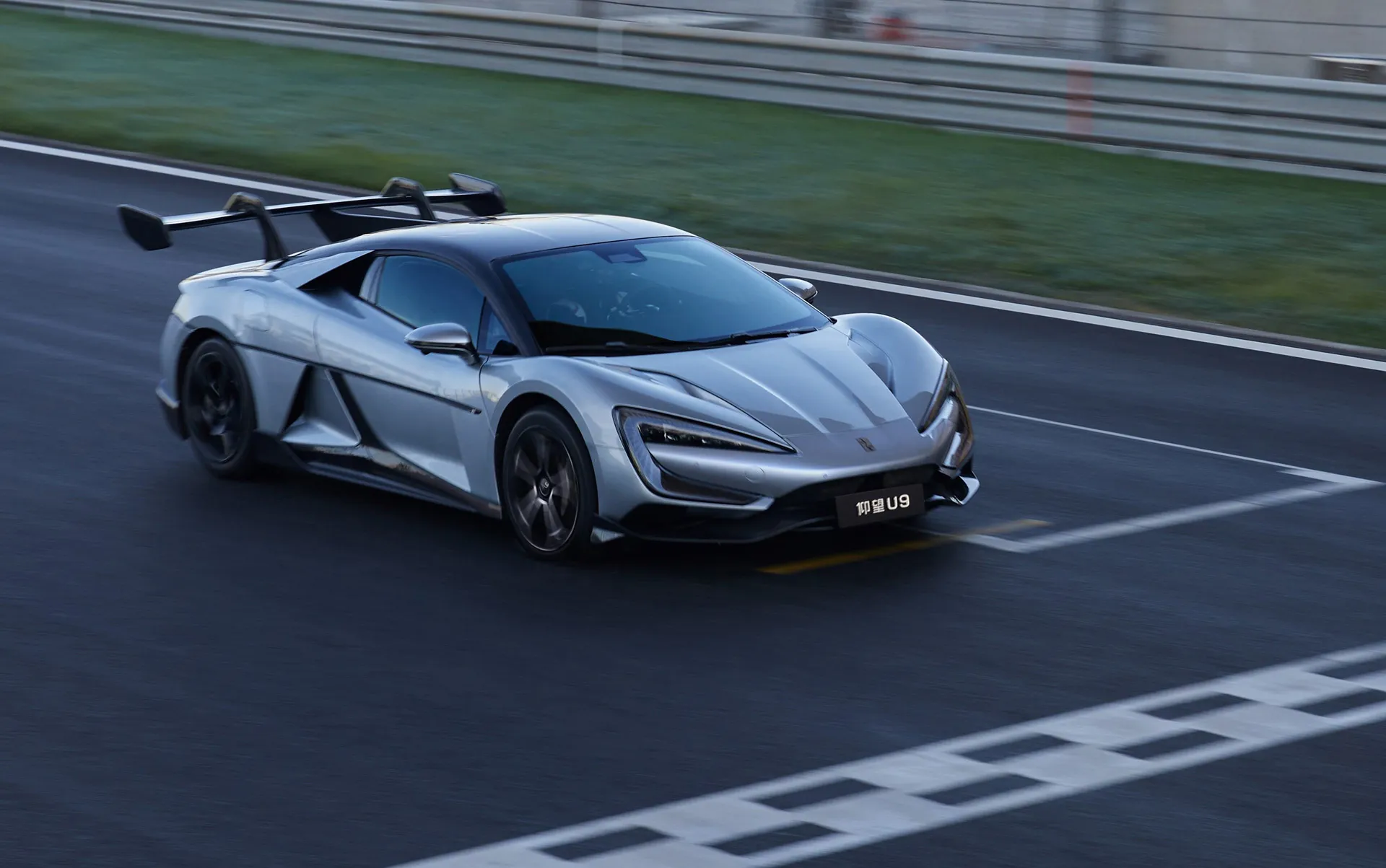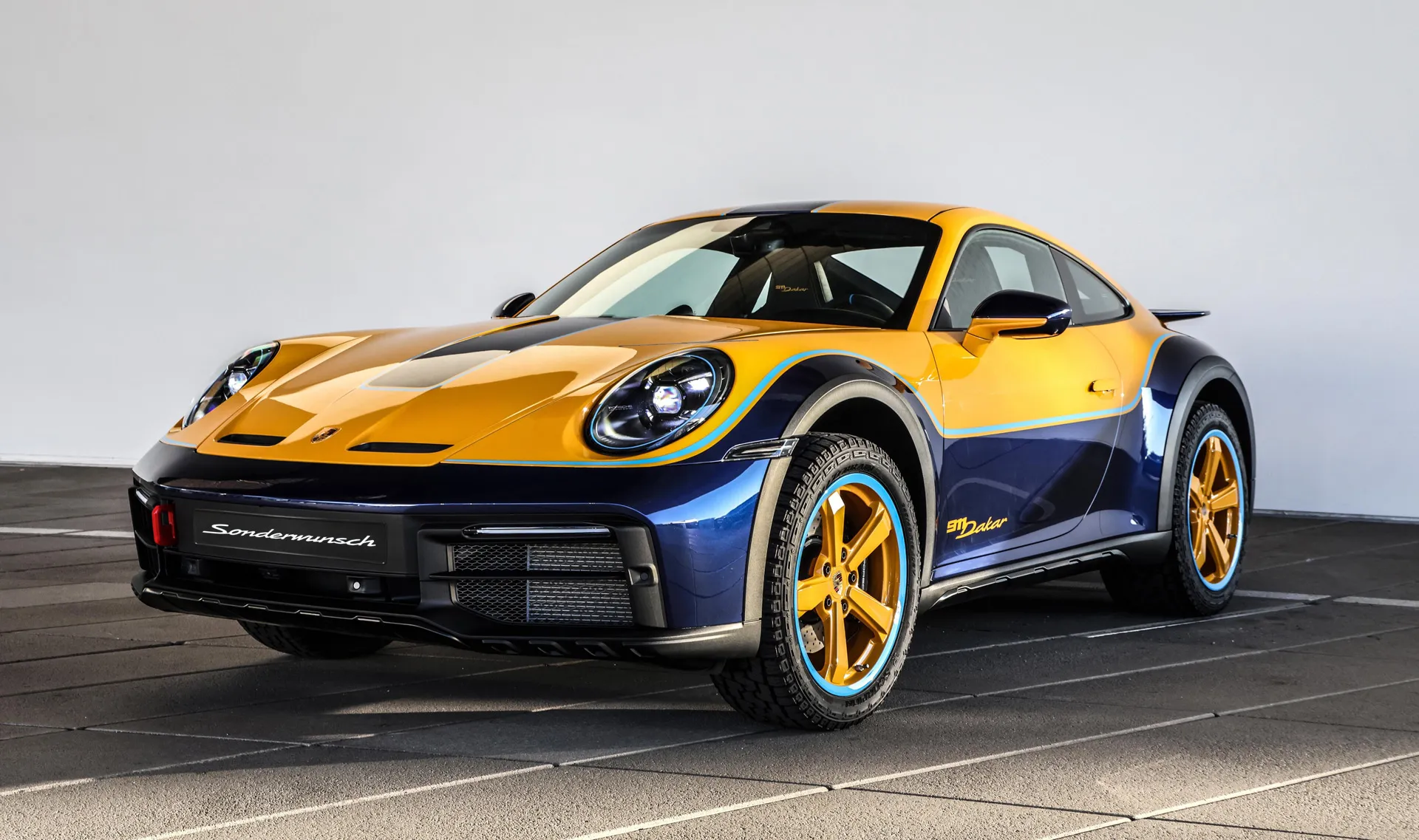GM patents motion sickness protection technology.

General Motors has filed a patent application for motion sickness prevention technology for autonomous vehicles.
In the application filed with the U.S. Patent and Trademark Office (USPTO), GM notes that even if autonomous vehicles become widespread, people may be hesitant to ride in them. Self-driving cars that cause motion sickness would likely make a bad first impression.
Motion sickness is more likely to occur when passengers are focused on other things, such as reading a book or scrolling through their phones, GM notes. It is something that many people are expected to do in the car once they no longer have to drive themselves. So eliminating motion sickness is especially important in autonomous vehicles.
To that end, GM outlined a light and image system that visually represents acceleration, braking, and cornering forces. This could take the form of an image of the vehicle on a screen or changing colors and light patterns. Alternatively, GM stated that sound systems and haptic feedback can also be used to produce similar effects.
This not only helps match a person's senses with the forces acting on their body, addressing the causes of motion sickness, but also builds trust by providing more information about what the vehicle is doing, according to GM.
While it is unclear if the technology will ever be commercialized, GM is pushing forward with the development of autonomous vehicles; the GM-controlled Cruise is close to offering driverless cabs to the public in San Francisco. Cruise currently uses a modified Chevrolet Bolt EV hatchback, but will eventually switch to a dedicated vehicle called Origin, which will be first unveiled in 2020 and built at GM's Factory Zero plant in Detroit.


